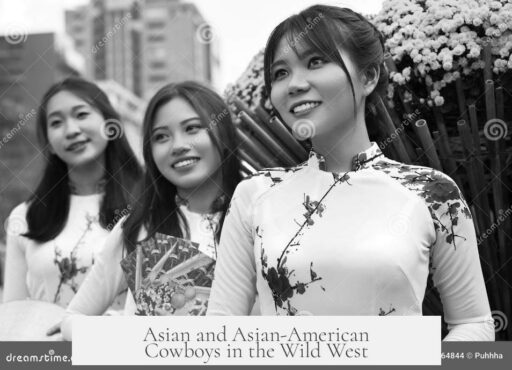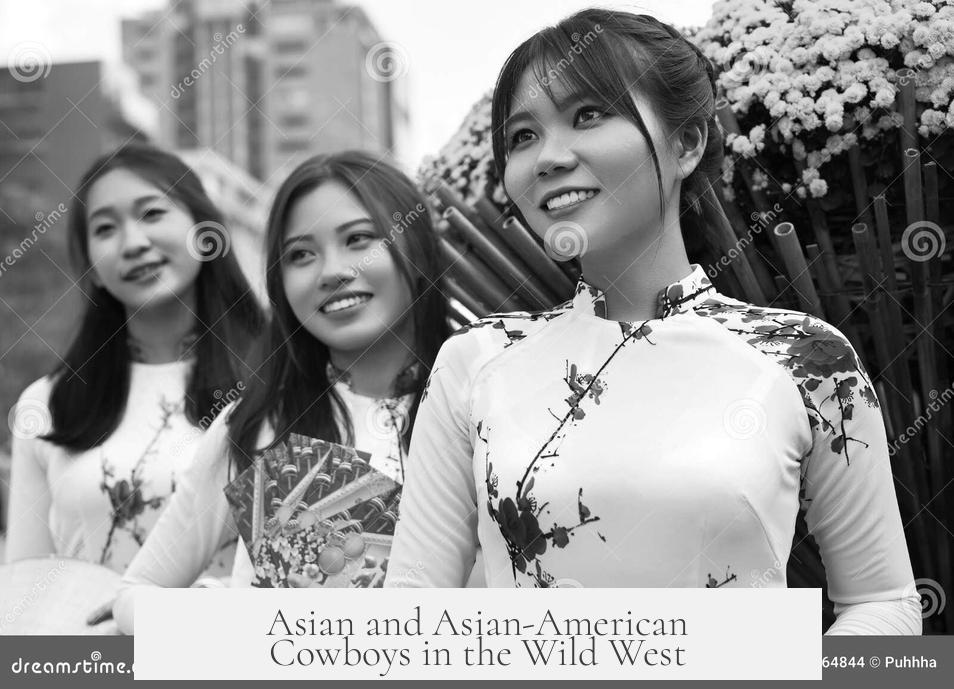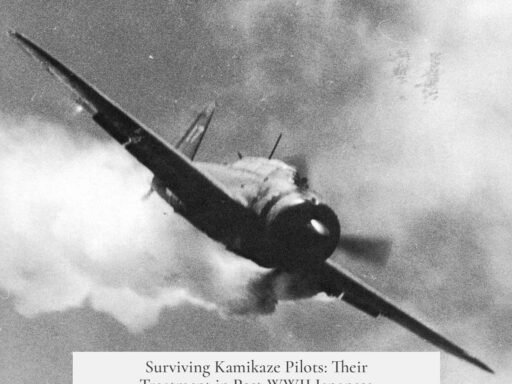Yes, Asian and Asian-American cowboys were present in the 19th century American West, though documented examples remain scarce and their histories largely marginalized. Asian immigrants faced severe social and legal barriers that restricted their employment options, limiting their opportunities in cowboy roles. Despite this, some Asian individuals did work as cowboys or ranch hands, but these contributions have been overlooked in mainstream historical narratives.
During the 1800s, the American West attracted many immigrant groups, including Asians. However, Asians, particularly those of Chinese descent, faced widespread discrimination and exclusionary laws that curtailed their work prospects. While no laws explicitly barred Asians from ranch work or cattle herding, prevailing prejudices by other ethnic laborers and ranch owners often prevented full participation or acceptance within cowboy communities.
In addition to mainland America, Hawaii offers a unique lens on the presence of Asian cowboys. Given its distinct cultural and ethnic mix, with strong Pacific Rim influences, Hawaii may have had Asian individuals involved in ranching and cowboy-like occupations. However, concrete evidence from Hawaiian sources is limited, and more research is needed in this area.
| Aspect | Details |
|---|---|
| Asian Cowboys in 19th Century West | Limited documented cases, but historical accounts suggest some existed. |
| Challenges Faced | Discrimination, legal barriers, social exclusion within labor groups. |
| Hawaii Context | Potential for Asian cowboys due to cultural mix; evidence lacking. |
Asian cowboys’ presence is often erased or absent from popular Western narratives. In 2021, a billboard in Norwalk, Los Angeles, featuring Asian cowboys aimed to correct this omission by proclaiming, “Asians have been here longer than cowboys.” Yet, this campaign sparked discussions about the missing acknowledgment of Native peoples who originally lived and continue to hold sovereignty over these lands.
Historians highlight that Asian immigration histories are deeply intertwined with Native land dispossession. Asian laborers, especially Chinese workers on the transcontinental railroad, contributed to U.S. expansion but were also part of colonial dynamics that marginalized Indigenous communities. Artistic and literary works recovering Asian American Western stories often fail to adequately integrate Native perspectives, reflecting a persistence of erasure across groups.
In contemporary culture, a growing number of artists and writers illuminate Asian American experiences in the Old West. Notable contributions include:
- Yowshien Kuo’s 2021 visual art exhibit Frontier Romance, exploring Asian American identities on the frontier.
- Novels like How Much of These Hills is Gold (2020) by C. Pam Zhang and The Thousand Crimes of Ming Tsu (2021) by Tom Lin, which portray nuanced Asian American roles in Western settings.
- Film Minari (2020) by Lee Isaac Chung, which, while set in rural 1980s Arkansas, invokes themes of frontier life and immigrant resilience.
These works offer complex portrayals that challenge stereotypes of Asians as perpetual outsiders. They recognize Asians as active settlers, laborers, and pioneers. However, critics note that Native voices and sovereignty often remain sidelined, underscoring continuing challenges around representation.
A key example is artist Kenneth Tam’s project Silent Spikes. Tam speculates on the emotional lives of Chinese laborers who built the transcontinental railroad, imagining “soft” moments of intimacy and tenderness that contrast harsh labor narratives. Yet, Indigenous peoples and their connections to the land are largely absent from this narrative.
| Work | Focus | Contribution |
|---|---|---|
| Silent Spikes by Kenneth Tam | Chinese railroad laborers | Humanizes workers, explores masculinity, highlights erasure of Indigenous voices. |
| How Much of These Hills is Gold by C. Pam Zhang | Asian miners and settlers | Challenges frontier myths, explores land claims without Native kinship traditions. |
| Minari (Film) | Asian immigrant family in rural America | Evokes frontier themes, persistence in new environments. |
Asian-Americans’ participation in cowboy culture remains a subject of academic and artistic exploration. More research on specific individuals and communities is necessary to fully understand their roles and stories. The intertwined histories of race, labor, land, and identity complicate a simple narrative but reinforce the importance of inclusive histories that recognize all contributors to the American West.
- Asian and Asian-American cowboys did exist but remain under-documented.
- Discrimination and social exclusion limited many Asians from cowboy roles.
- Hawaii’s unique cultural mix may hold evidence of Asian cowboys.
- Asian American Western histories often omit Native American perspectives.
- Recent art and literature recover and revise Asian American cowboy narratives.
- Works like Silent Spikes and How Much of These Hills is Gold characterize this complex history.
Were there really Asian or Asian-American cowboys in the 19th-century American West?
Yes, Asian or Asian-American cowboys did exist during the 19th century, though specific documented examples are rare. Historical accounts suggest they played roles in cowboy culture despite limited visibility in mainstream history.
What challenges did Asian immigrants face in becoming cowboys?
Asian immigrants faced discrimination and social exclusion. Laws and racism often limited their job opportunities. Even where no laws barred them from ranch work, other workers’ attitudes made it hard for Asians to be accepted as cowboys.
Could there have been Asian cowboys in Hawaii during the same period?
Hawaii’s unique cultural mix may have included Asian cowboys or similar figures. However, there is no solid current evidence or sources confirming this. Further research by Hawaiian historians may clarify this possibility.
How has Asian American cowboy history been recognized in recent times?
Recent artworks, films, and literature have begun exploring Asian American roles in the West, highlighting their contributions. These works challenge old stereotypes and bring nuance to forgotten or overlooked histories.
How does Asian American cowboy history connect to Native American experiences?
Asian exclusion in US history overlaps with Native land dispossession. Histories of Asian workers and Native peoples are intertwined, but solidarity is often missing, complicating efforts to address colonialism and racism in the West.




